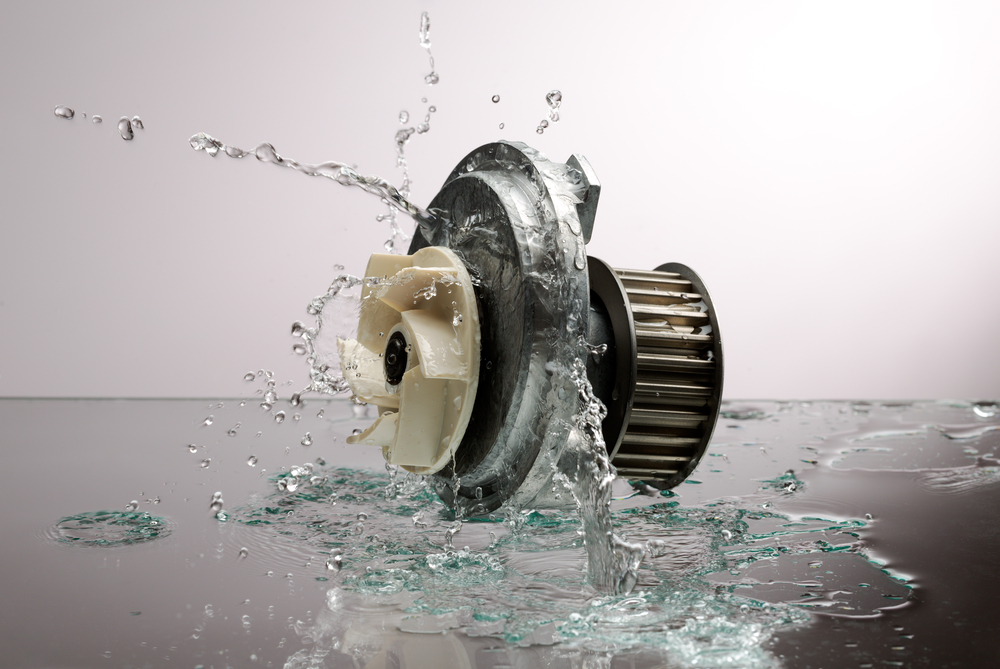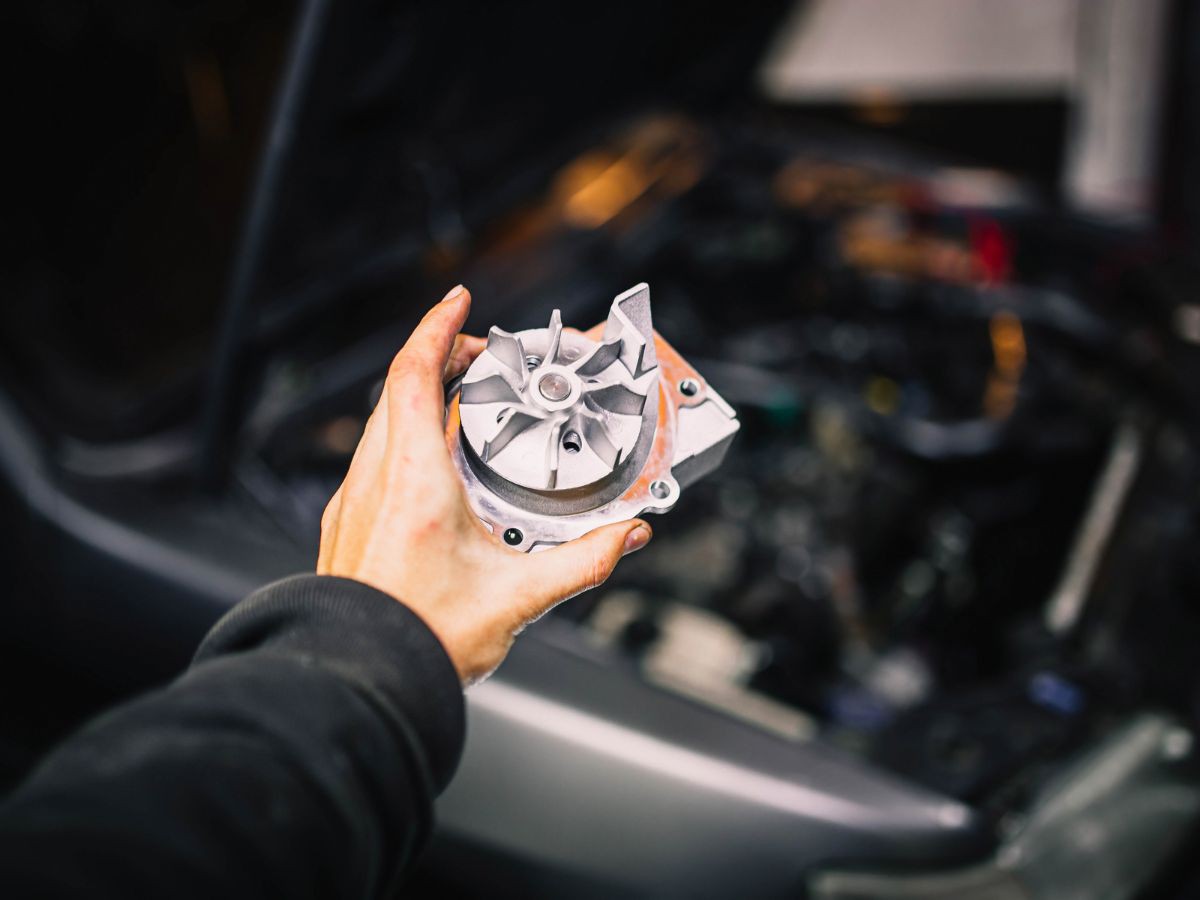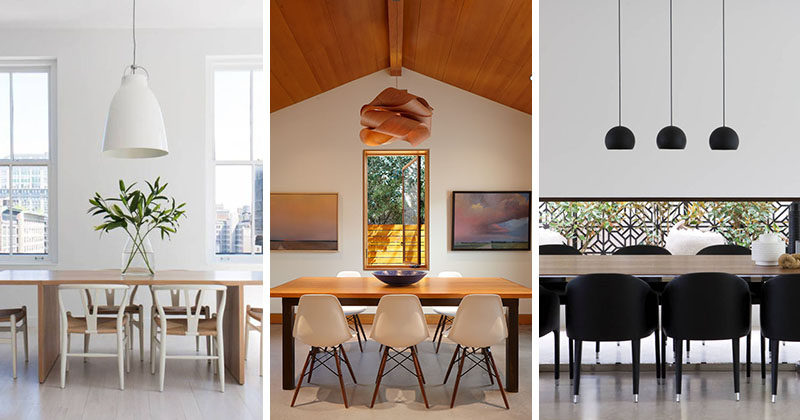If you turn on your kitchen sink and no water comes out, the first thing to check for is a clogged pipe. This is a common issue that can be caused by a buildup of food particles, grease, and other debris in the pipes. Over time, these blockages can restrict the flow of water and prevent it from reaching your sink. If you notice slow or no water flow, try using a plunger or a drain snake to clear out any obstructions in the pipes.1. Clogged Pipes
Another possible reason for no water coming in your kitchen sink is low water pressure. This can be caused by a variety of factors, such as a leak in the main water line, a closed or damaged shut-off valve, or a problem with the water pump. If you notice that the water pressure in your sink is significantly lower than usual, it's best to call a plumber to diagnose and fix the issue.2. Low Water Pressure
If the water flow is restricted to just your kitchen sink and not in any other areas of your home, the problem may lie with the faucet itself. Over time, faucets can wear out and develop leaks, which can affect the water flow. Check for any visible damage or leaks in the faucet and consider replacing it if necessary.3. Faulty Faucet
In some cases, the lack of water flow in your kitchen sink may be due to a broken water line. This can happen if there is a break or damage in the main water line that supplies water to your home. Signs of a broken water line include low water pressure, fluctuating water pressure, and water discoloration. If you suspect a broken water line, contact a plumber immediately to avoid further damage.4. Broken Water Line
An airlock in the pipes can also cause water flow issues in your kitchen sink. This happens when air becomes trapped in the pipes, preventing water from flowing through. To fix this, turn off the main water supply and open all the faucets in your home. This will release the trapped air and restore the water flow.5. Airlock in Pipes
If you live in a cold climate, frozen pipes can be a common problem that can lead to no water flow in your kitchen sink. When water freezes in the pipes, it expands and can cause the pipes to burst, cutting off the water supply. To prevent this, make sure to insulate your pipes during the colder months and keep your home at a warm temperature.6. Frozen Pipes
The shut-off valve is responsible for controlling the flow of water into your home. If this valve is faulty or damaged, it can lead to no water flow in your kitchen sink. It's important to regularly check and maintain this valve to ensure it is functioning properly.7. Faulty Shut-Off Valve
Leaking pipes are not only a nuisance, but they can also cause a decrease in water flow to your kitchen sink. If you notice any leaks in your plumbing system, it's important to address them immediately to avoid further damage and restore the water flow.8. Leaking Pipes
The aerator is a small screen located at the end of the faucet that helps to regulate the flow of water and reduce splashing. Over time, it can become clogged with debris and affect the water flow. If you notice a decrease in water flow, try cleaning the aerator or replacing it if necessary.9. Blocked Aerator
If your home relies on a water pump to supply water, a faulty pump can cause issues with the water flow to your kitchen sink. Signs of a faulty pump include low water pressure, strange noises, and frequent cycling. It's best to call a professional to inspect and repair the pump to restore the water flow. If you're experiencing no water flow in your kitchen sink, it's important to address the issue as soon as possible. By identifying and fixing the underlying cause, you can ensure a steady and reliable water supply for all your kitchen needs. Remember to regularly maintain your plumbing system to prevent any future water flow problems.10. Faulty Water Pump
Why is Water Flow Not Coming in Kitchen Sink?

Possible Causes of Low Water Flow in Your Kitchen Sink
/close-up-of-overflowing-bathroom-sink-90201417-579787783df78ceb865822d8.jpg) There is nothing more frustrating than trying to wash dishes or prepare a meal in your kitchen and realizing that the
water flow is not coming in your kitchen sink.
Not only does this inconvenience you, but it can also disrupt your daily routine and cause stress. Before you call a plumber, it's important to understand the possible causes of low water flow in your kitchen sink.
There is nothing more frustrating than trying to wash dishes or prepare a meal in your kitchen and realizing that the
water flow is not coming in your kitchen sink.
Not only does this inconvenience you, but it can also disrupt your daily routine and cause stress. Before you call a plumber, it's important to understand the possible causes of low water flow in your kitchen sink.
Clogged Pipes
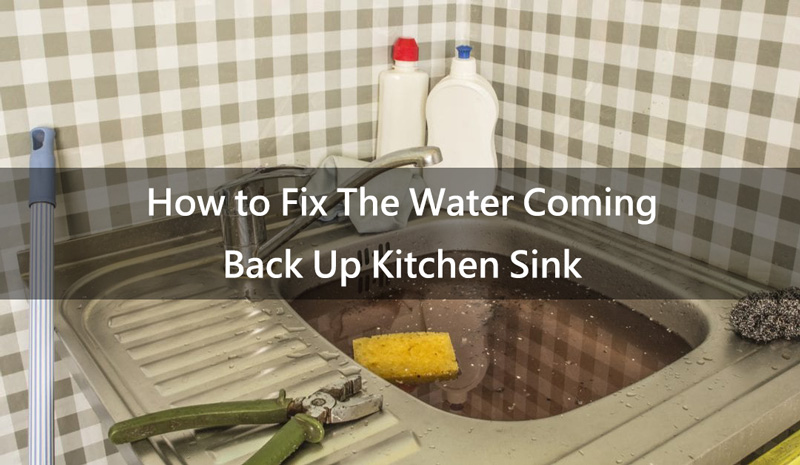 One of the most common reasons for low water flow in a kitchen sink is
clogged pipes.
Over time, debris and food particles can build up in your pipes, obstructing the flow of water. This can happen more frequently if you have hard water or if you do not have a garbage disposal to catch larger food particles.
One of the most common reasons for low water flow in a kitchen sink is
clogged pipes.
Over time, debris and food particles can build up in your pipes, obstructing the flow of water. This can happen more frequently if you have hard water or if you do not have a garbage disposal to catch larger food particles.
Mineral Buildup
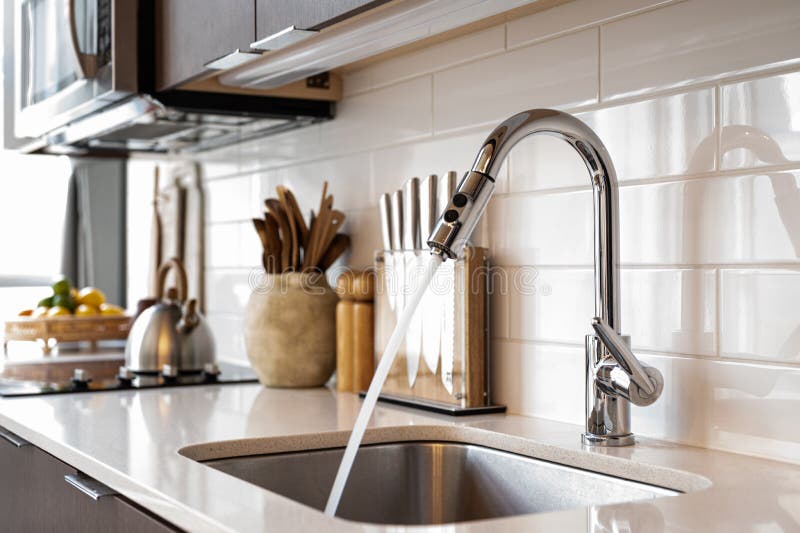 Another culprit for low water flow could be mineral buildup in your pipes. If you have hard water, mineral deposits can accumulate in your pipes and restrict the flow of water. This can be especially common in older homes with outdated plumbing systems.
Another culprit for low water flow could be mineral buildup in your pipes. If you have hard water, mineral deposits can accumulate in your pipes and restrict the flow of water. This can be especially common in older homes with outdated plumbing systems.
Low Water Pressure
 Sometimes, the problem may not be with your pipes but with the
water pressure
in your home. If you notice low water flow in multiple areas of your home, such as the shower or bathroom sink, then the issue may be with your main water supply. This could be caused by a variety of factors, such as a faulty pressure regulator or a water leak.
Sometimes, the problem may not be with your pipes but with the
water pressure
in your home. If you notice low water flow in multiple areas of your home, such as the shower or bathroom sink, then the issue may be with your main water supply. This could be caused by a variety of factors, such as a faulty pressure regulator or a water leak.
Faulty Faucet or Aerator
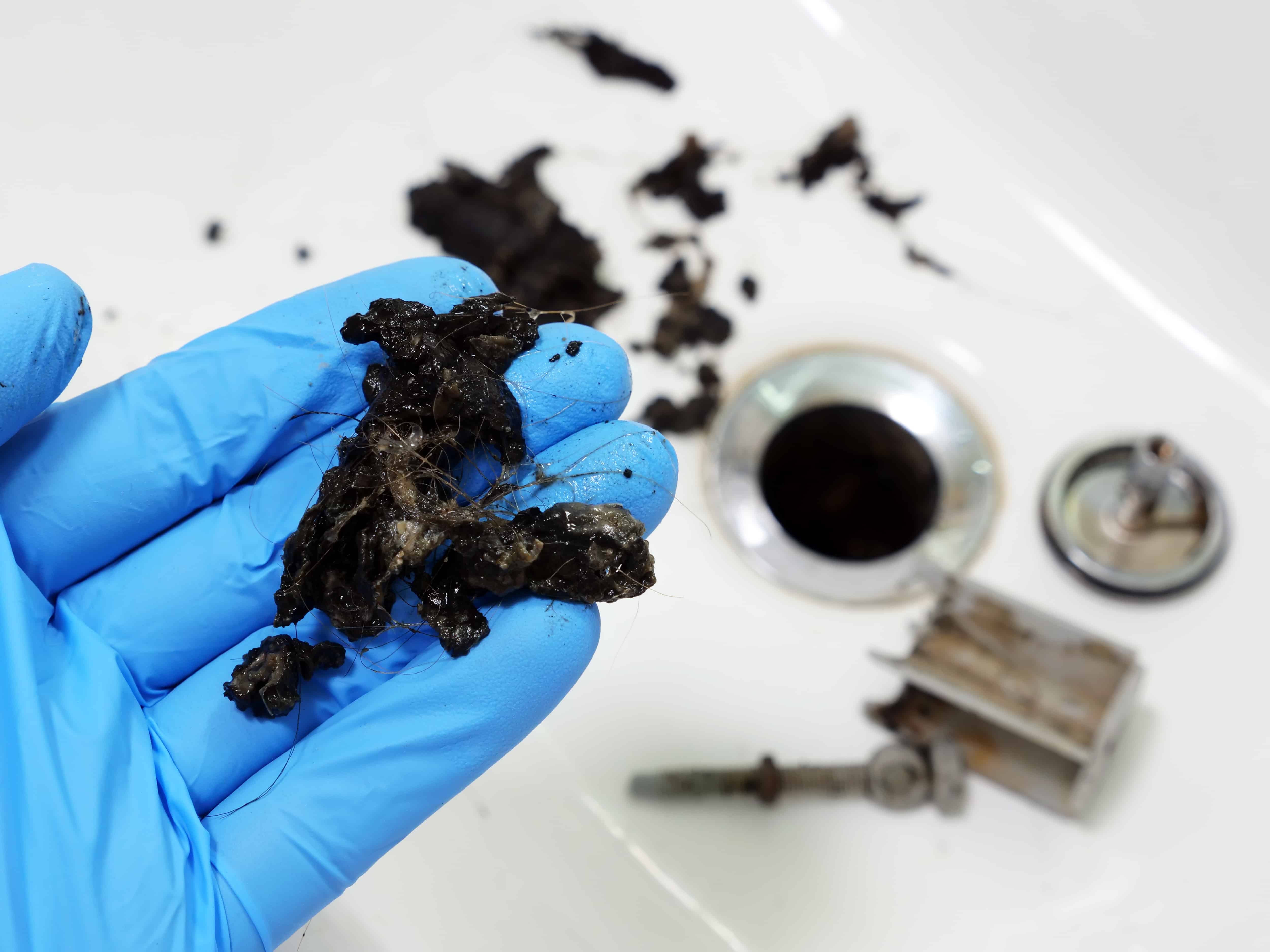 Another possible cause of low water flow in your kitchen sink could be a
faulty faucet or aerator.
Over time, the components of your faucet can wear out or become clogged, hindering the flow of water. This can be a simple fix by replacing the faucet or cleaning the aerator.
Another possible cause of low water flow in your kitchen sink could be a
faulty faucet or aerator.
Over time, the components of your faucet can wear out or become clogged, hindering the flow of water. This can be a simple fix by replacing the faucet or cleaning the aerator.
Solving the Problem
/water-overflowing-in-kitchen-sink-200553937-001-5797e6335f9b58461f5a6736.jpg) If you are experiencing low water flow in your kitchen sink, the first step is to
identify the cause.
If it is a clogged pipe, you may be able to clear it out with a plunger or a plumbing snake. If mineral buildup is the problem, a professional plumber can help you flush out your pipes. If the issue is with your water pressure, a plumber can help you determine the cause and make necessary repairs.
In conclusion, there are several possible causes for low water flow in your kitchen sink. By understanding these potential issues, you can better troubleshoot and fix the problem. However, if you are unsure or uncomfortable attempting to fix the issue yourself, it is always best to seek the help of a professional plumber to ensure the problem is resolved properly. Don't let low water flow disrupt your daily routine, address the issue as soon as possible for a stress-free and well-functioning kitchen.
If you are experiencing low water flow in your kitchen sink, the first step is to
identify the cause.
If it is a clogged pipe, you may be able to clear it out with a plunger or a plumbing snake. If mineral buildup is the problem, a professional plumber can help you flush out your pipes. If the issue is with your water pressure, a plumber can help you determine the cause and make necessary repairs.
In conclusion, there are several possible causes for low water flow in your kitchen sink. By understanding these potential issues, you can better troubleshoot and fix the problem. However, if you are unsure or uncomfortable attempting to fix the issue yourself, it is always best to seek the help of a professional plumber to ensure the problem is resolved properly. Don't let low water flow disrupt your daily routine, address the issue as soon as possible for a stress-free and well-functioning kitchen.



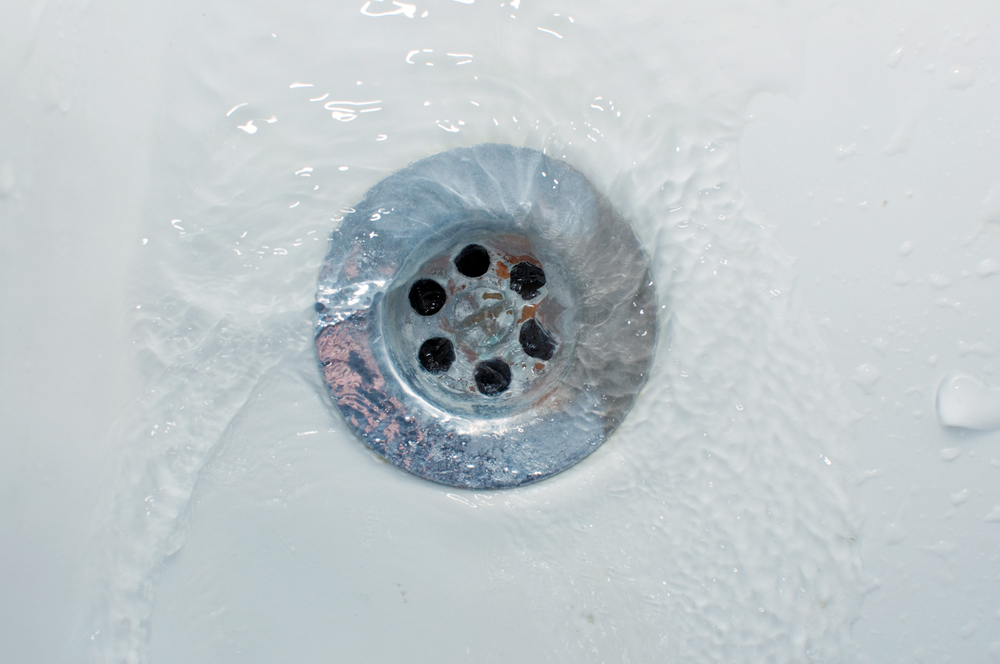
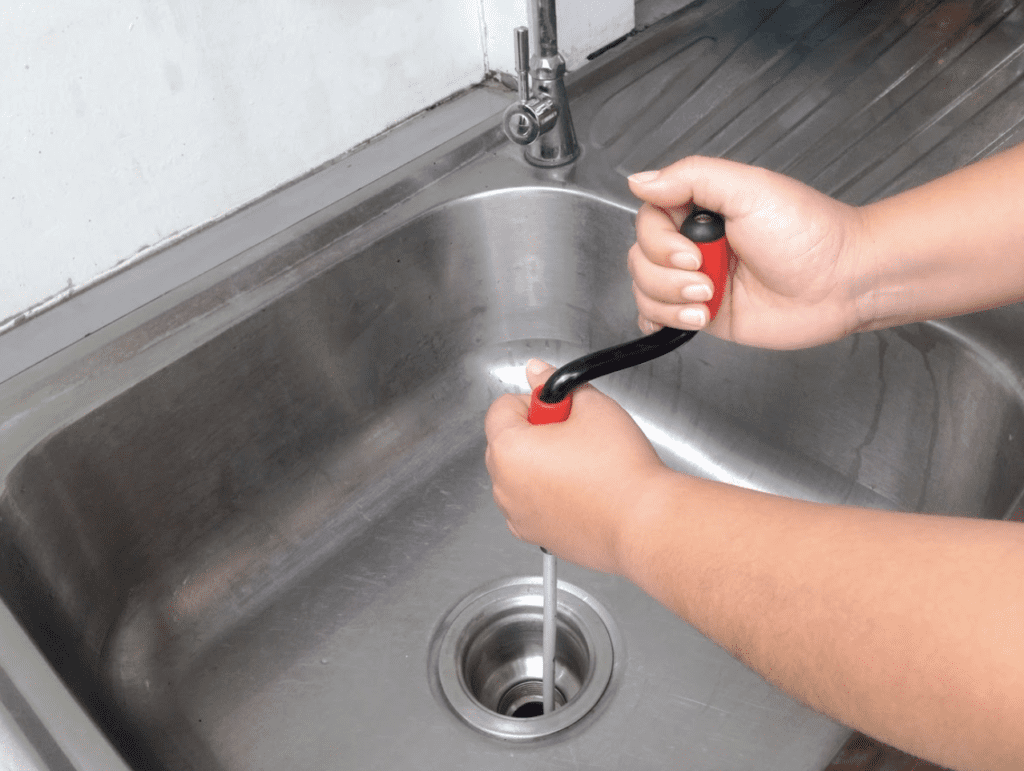
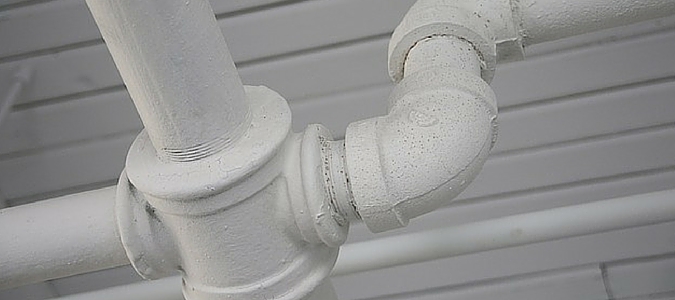
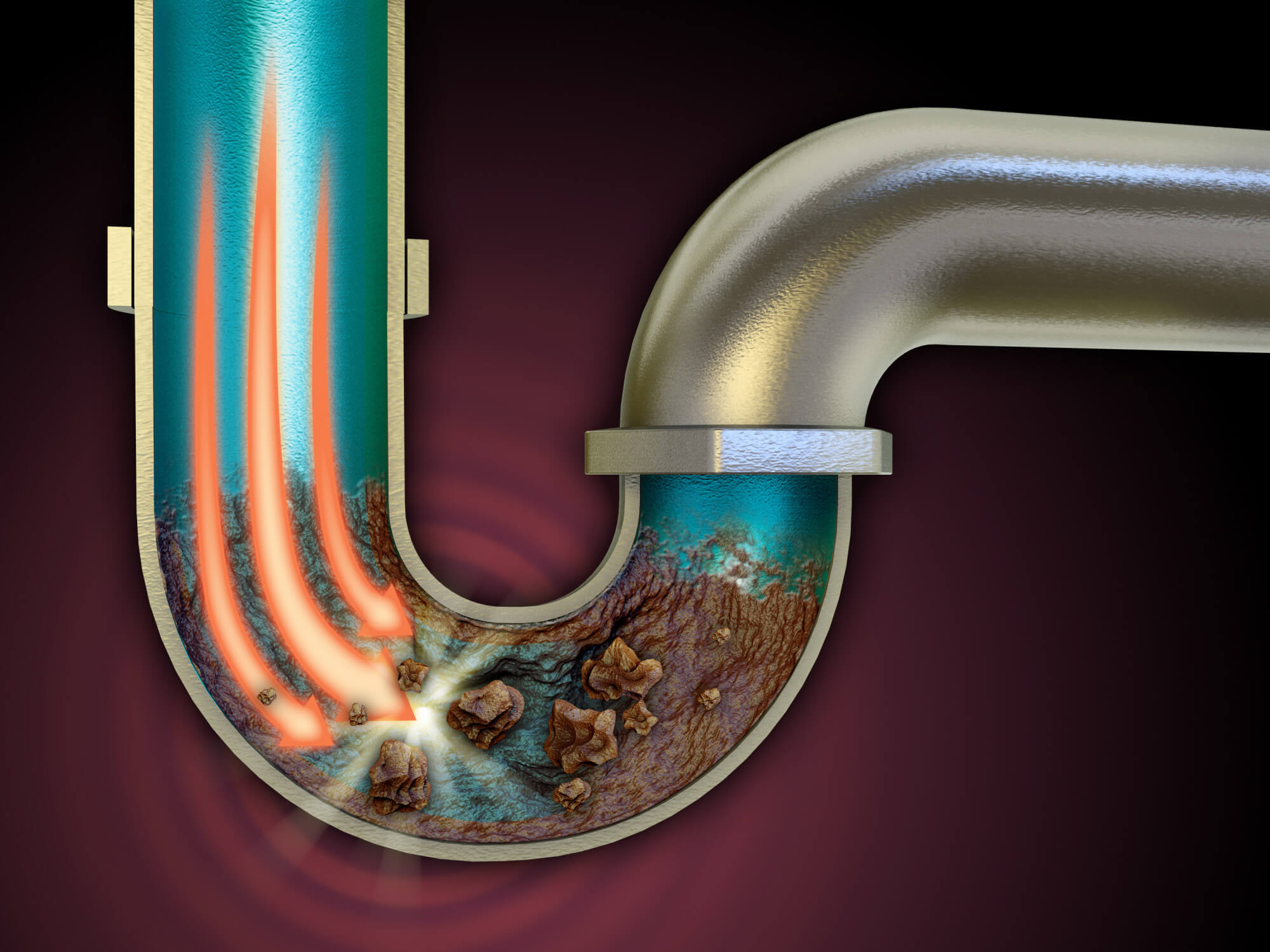



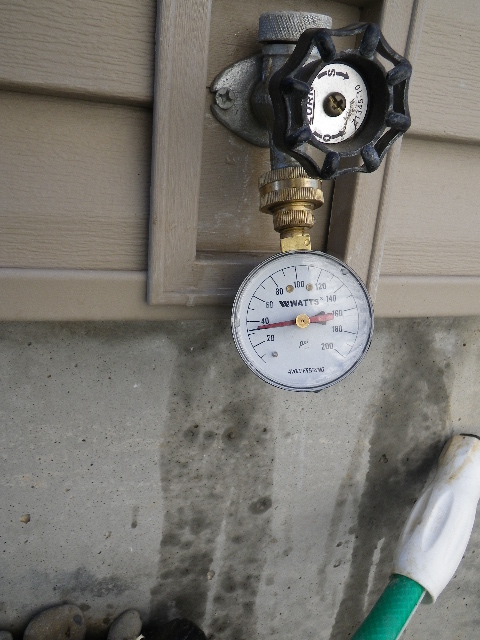


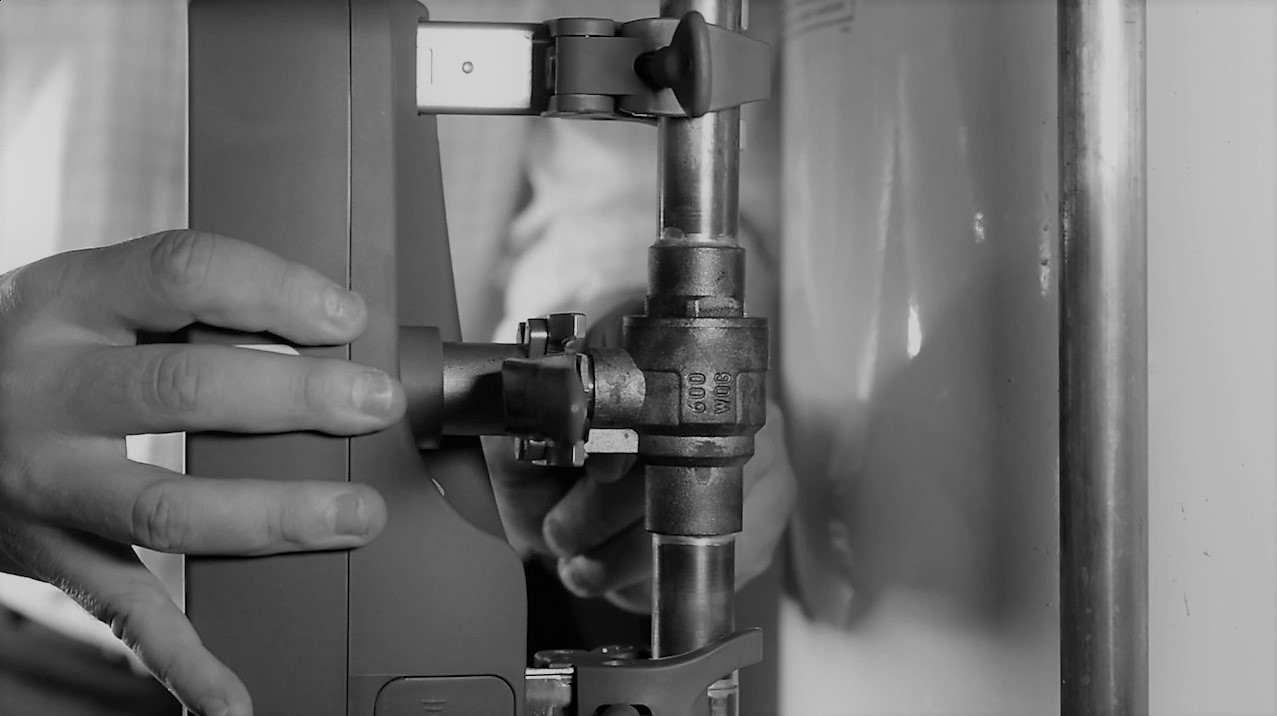




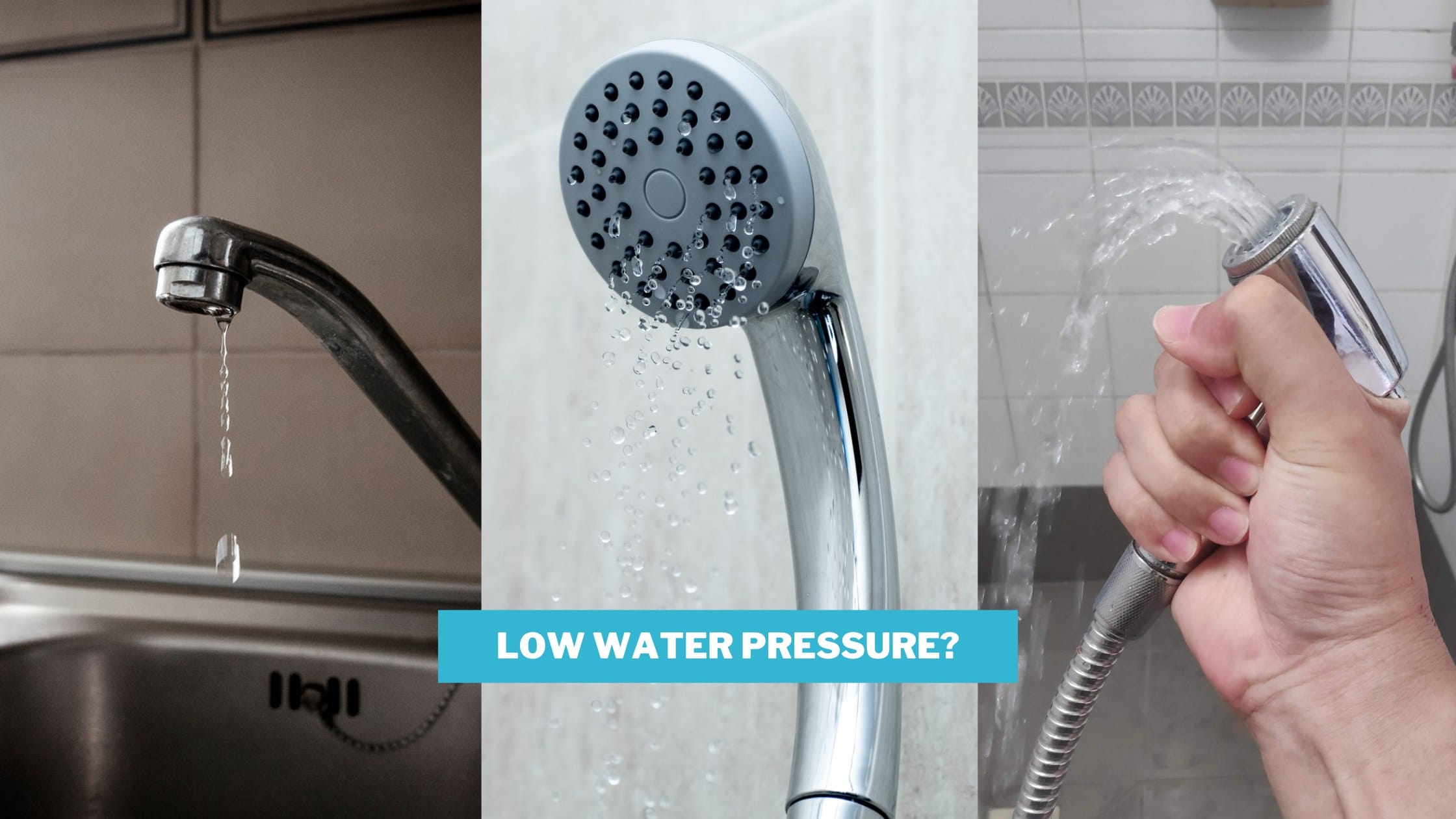

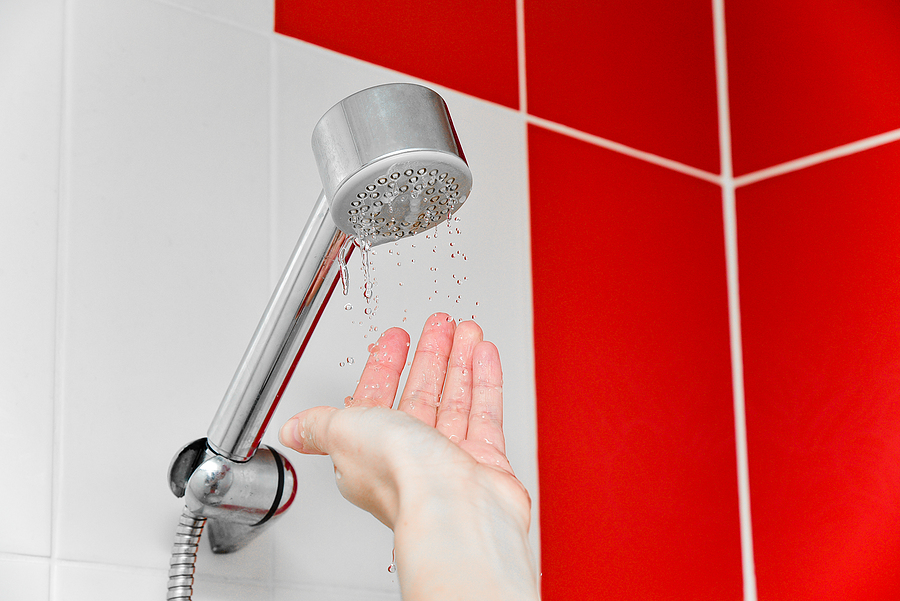

:max_bytes(150000):strip_icc()/home-water-pressure-problems-2718730-3d3b6ee75946443eba2b19138c3dc830.png)
:max_bytes(150000):strip_icc()/faulty-kitchen-faucet-140358503-5840b9c43df78c02309d3c30.jpg)






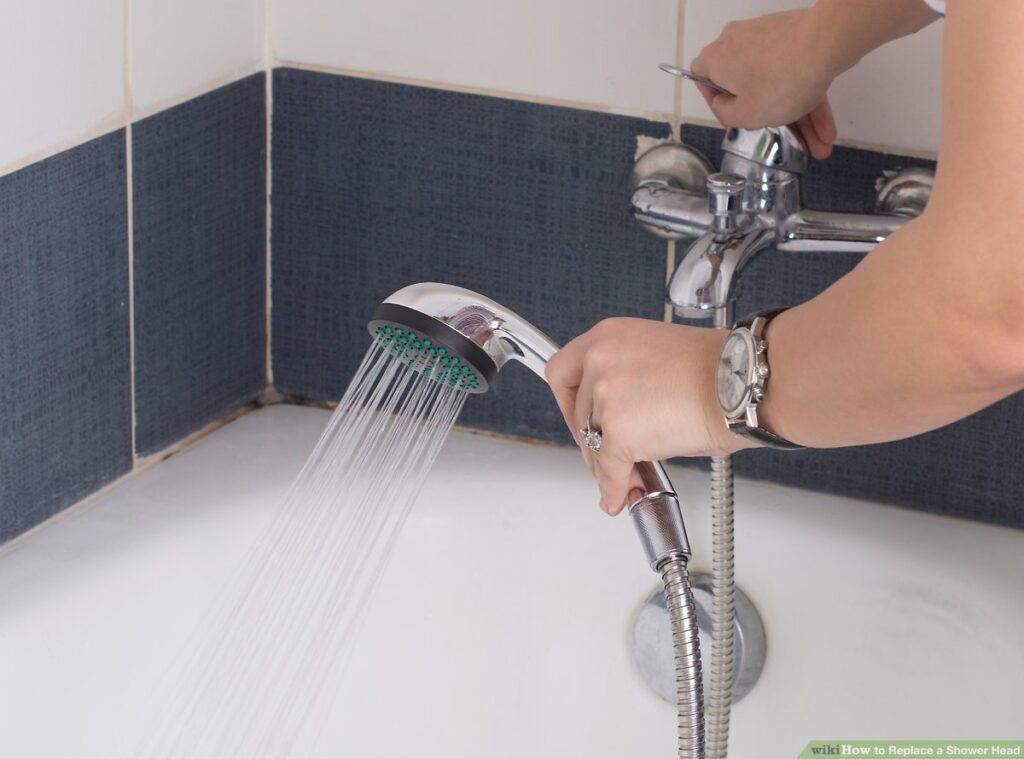


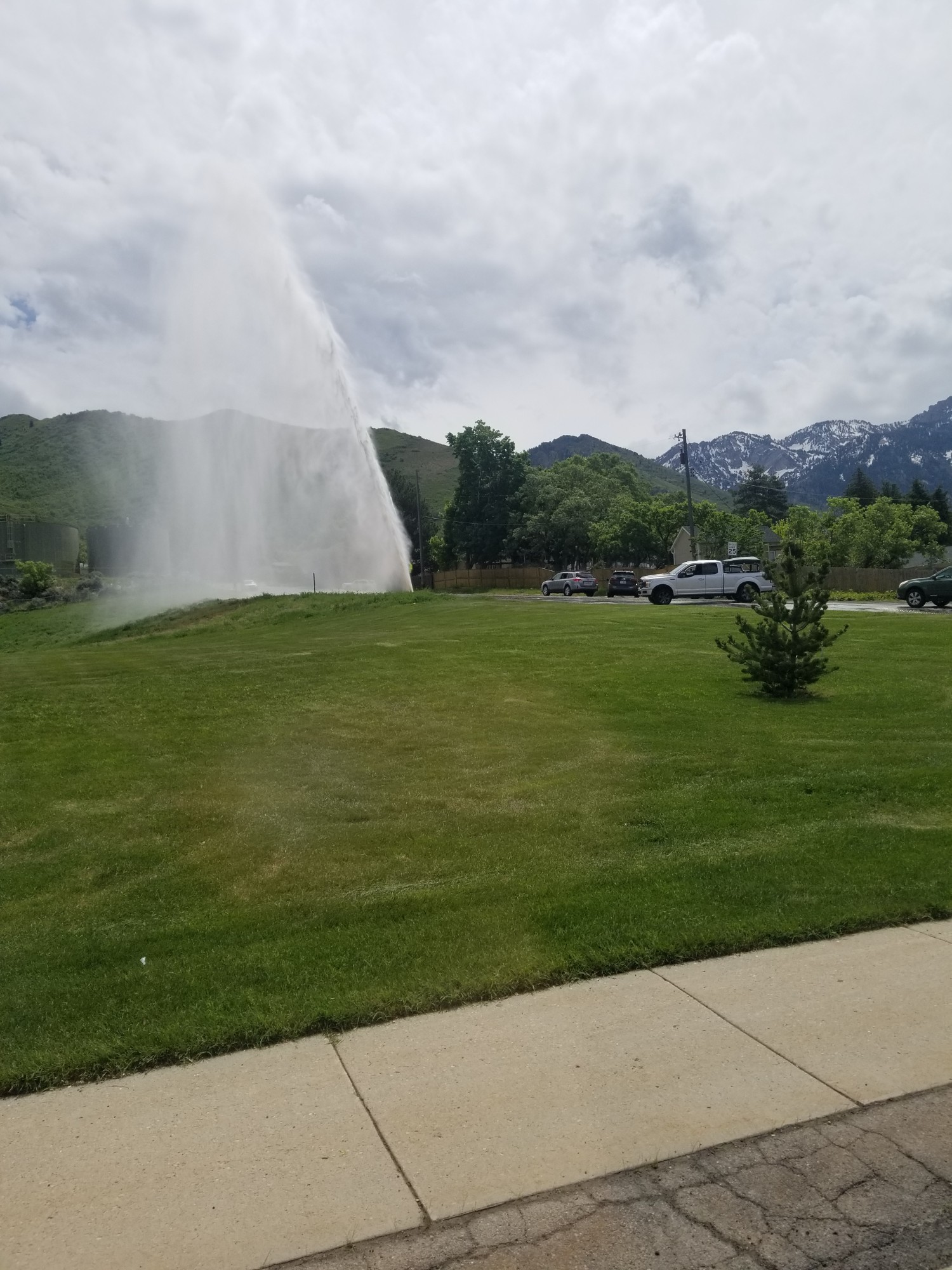

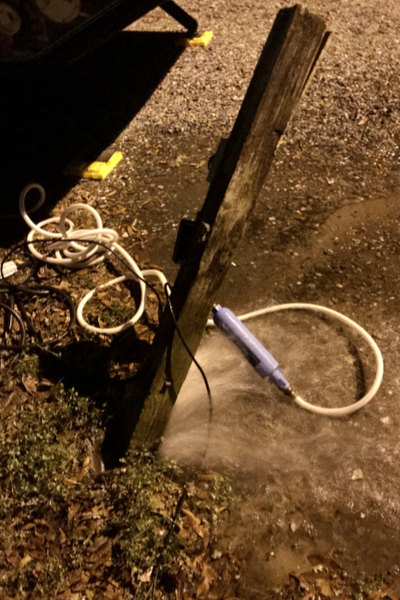
/UndergroundWaterLine-Broken-717c87cffc3c4903988fe0dfaca72809.jpg)
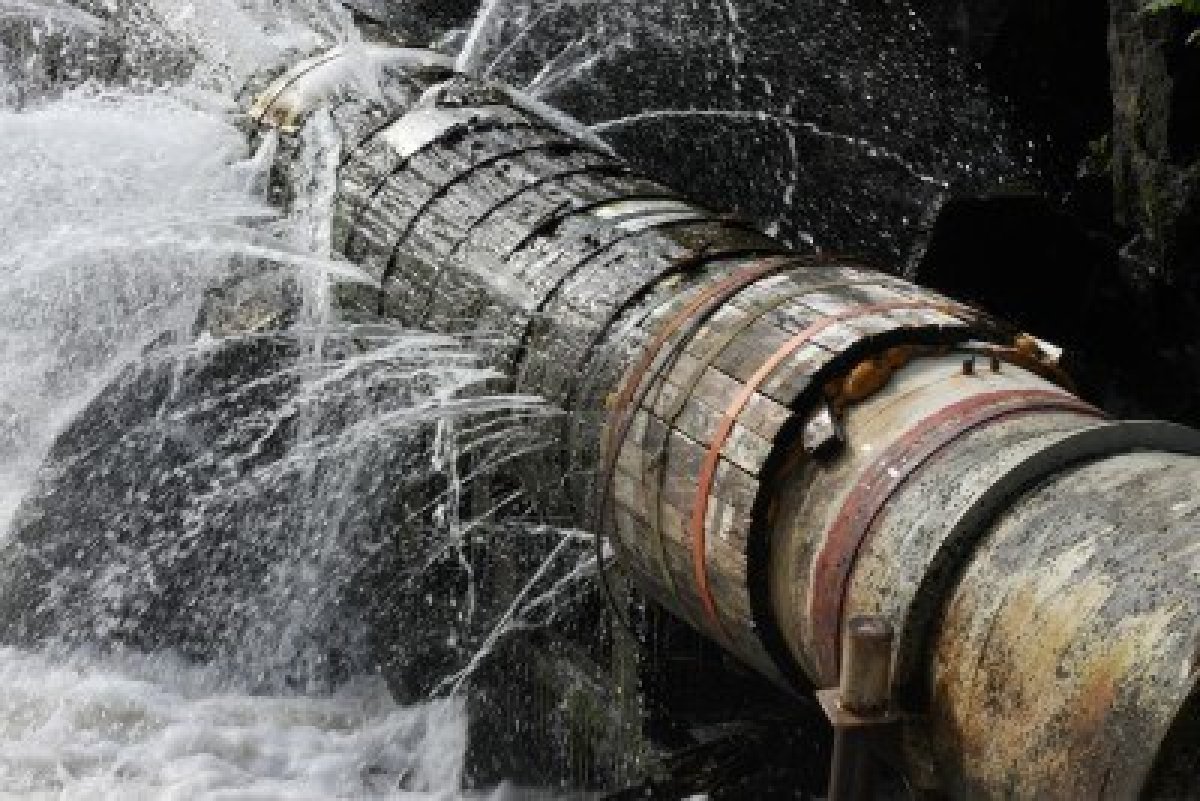


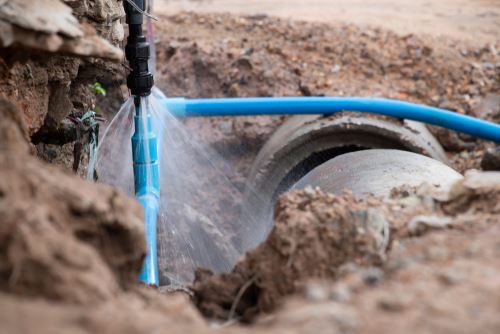


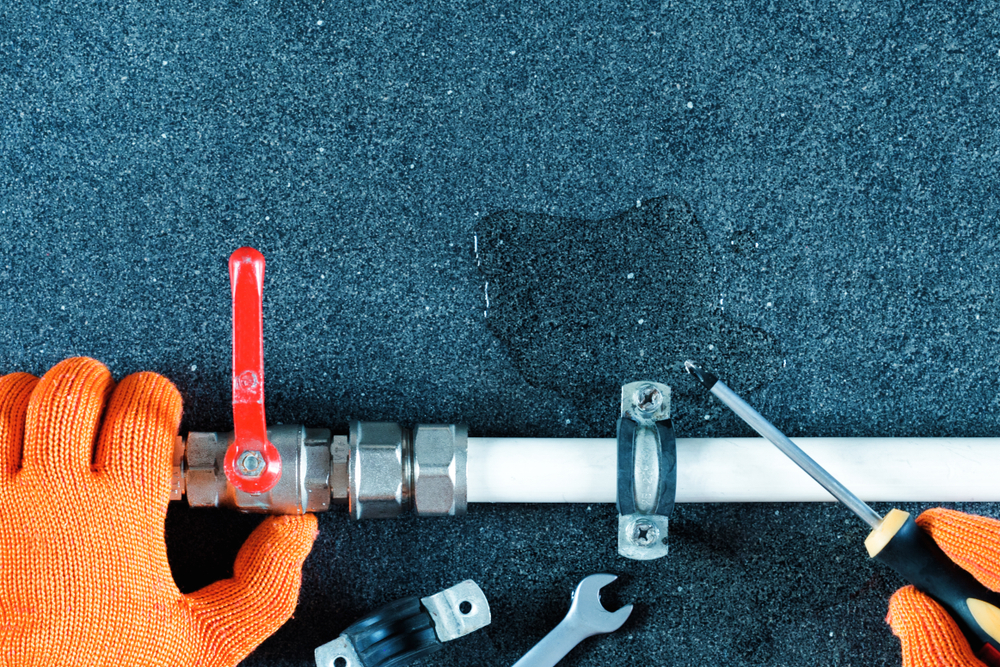

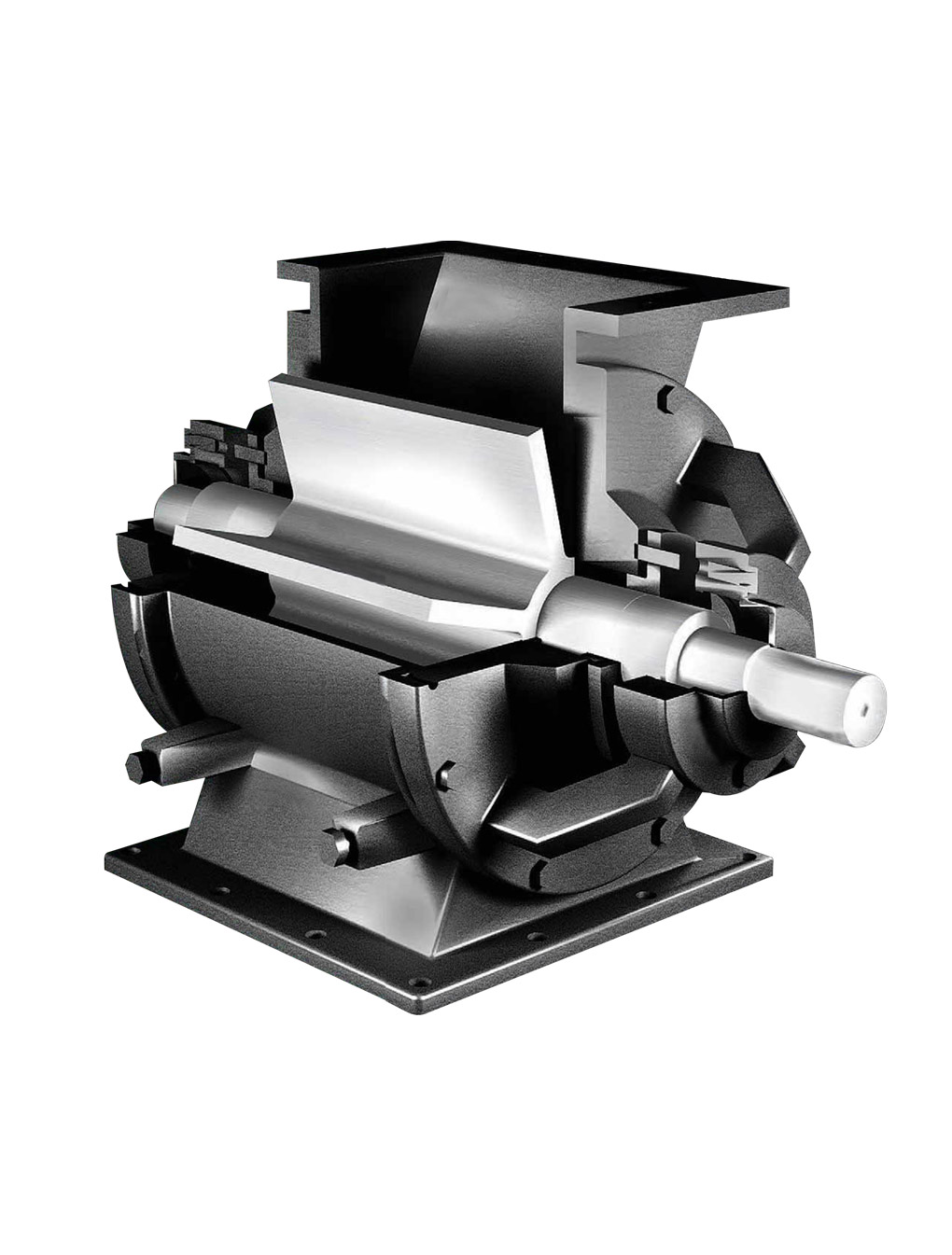
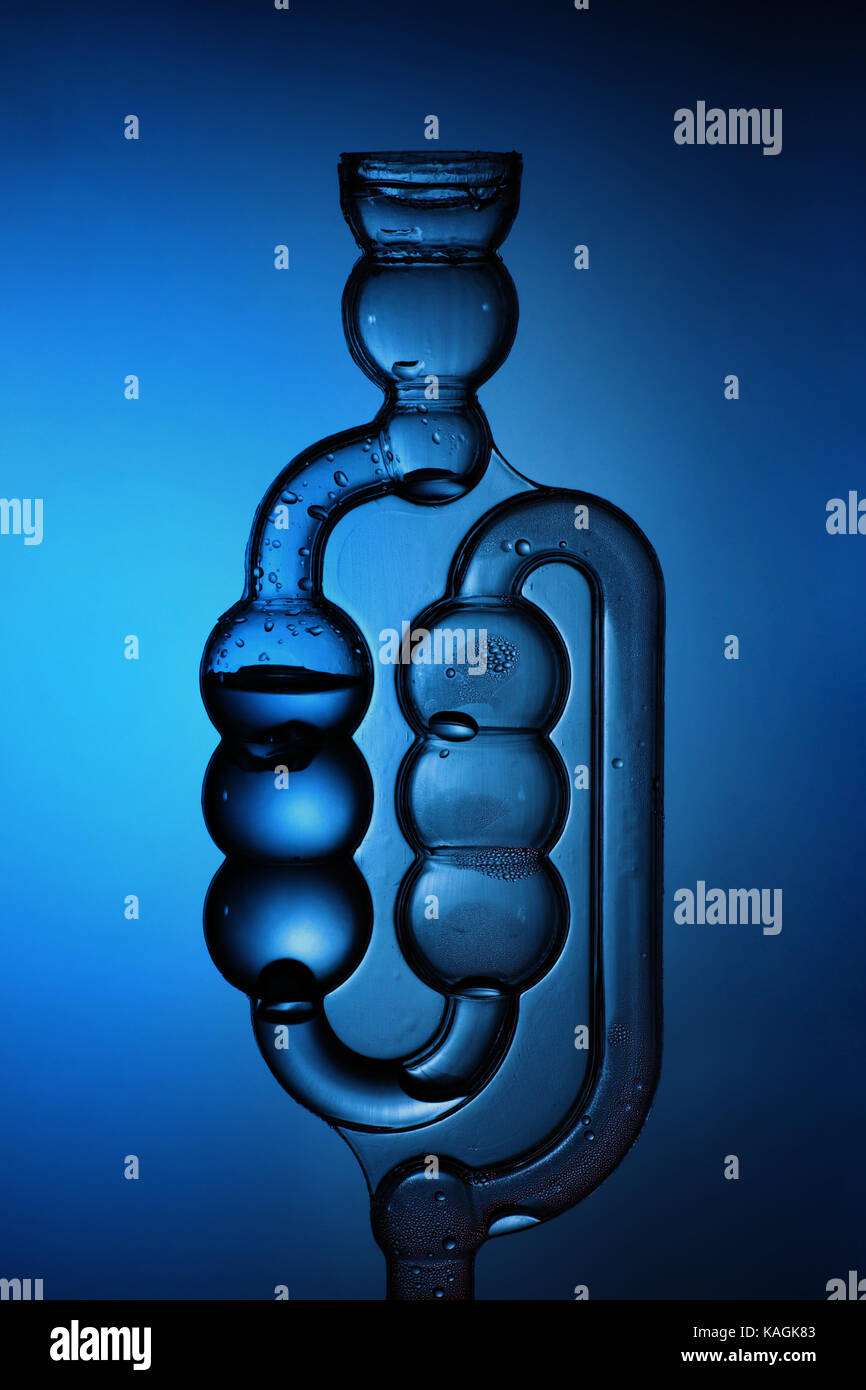















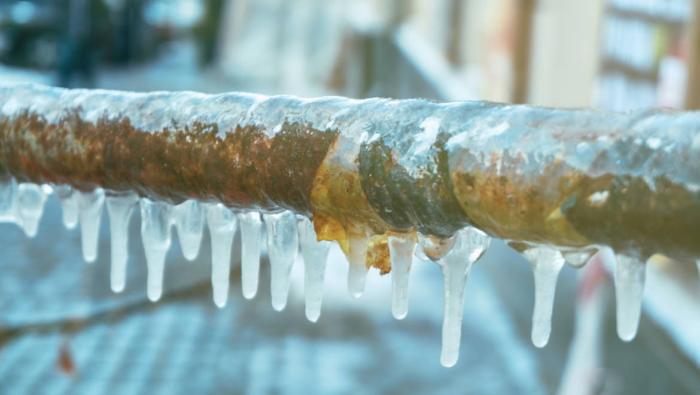
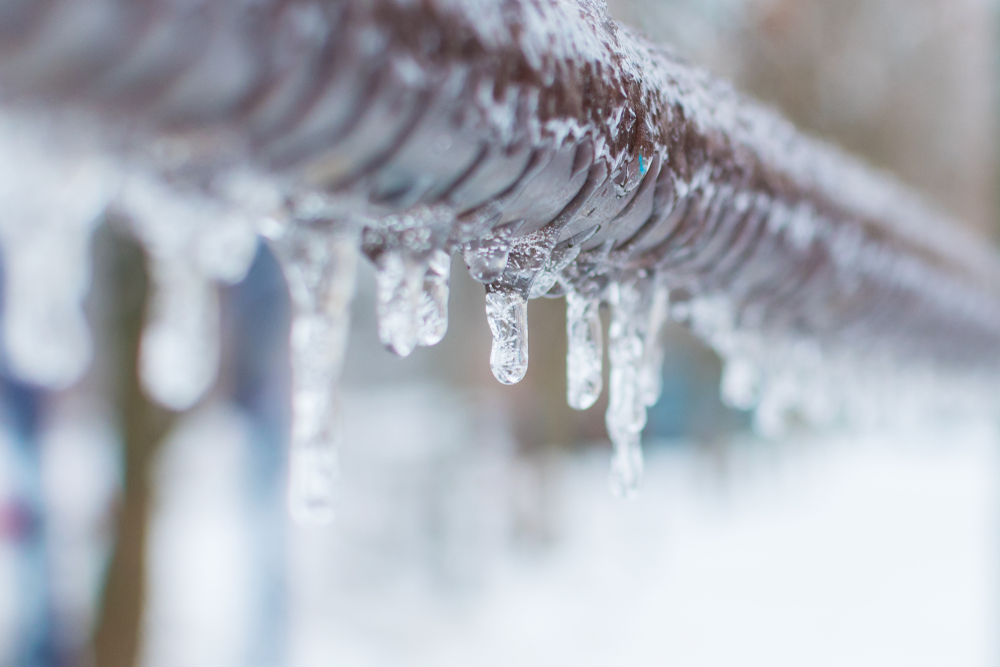




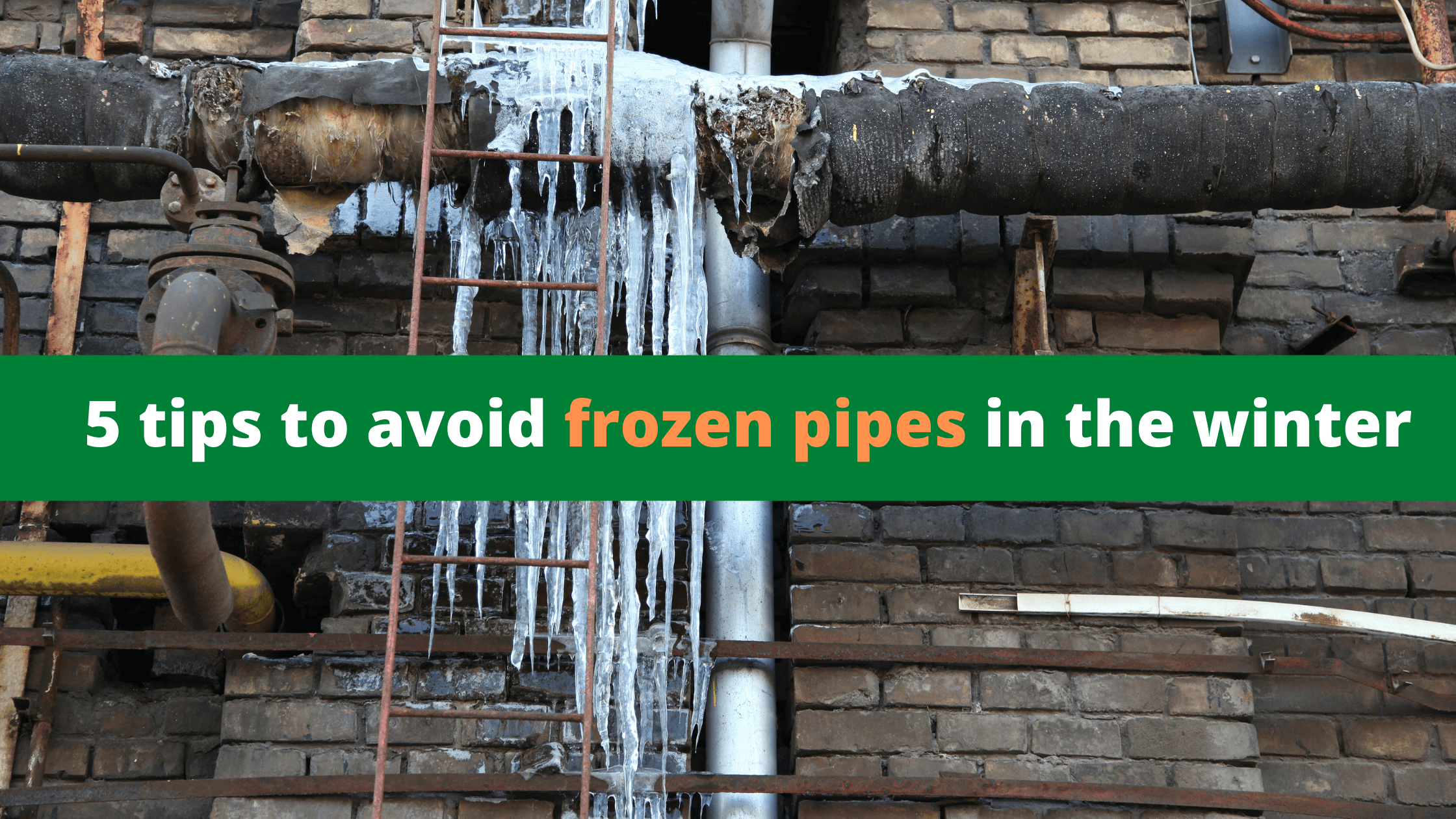
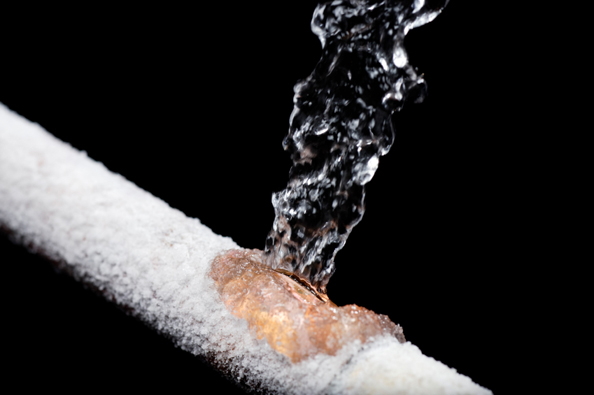





:max_bytes(150000):strip_icc()/GettyImages-1057621140-78ab2e946841421d9a7efeebe02935d2.jpg)
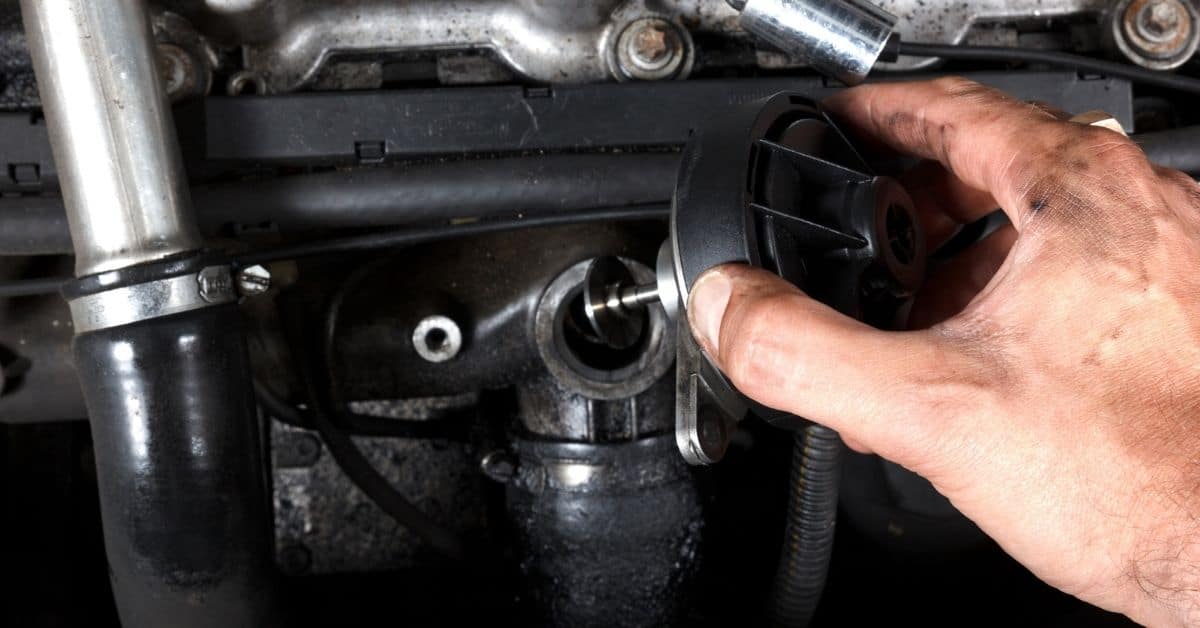

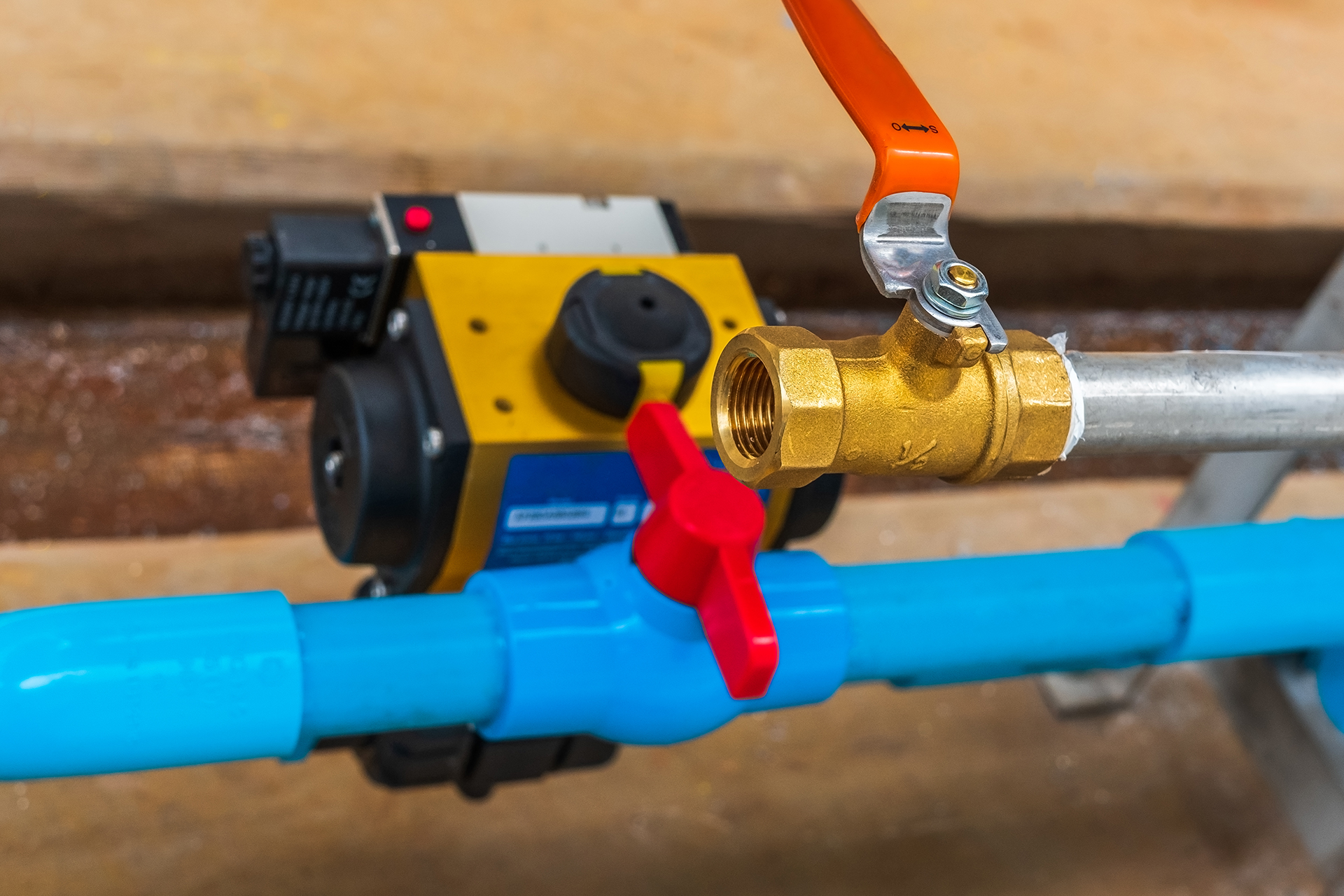


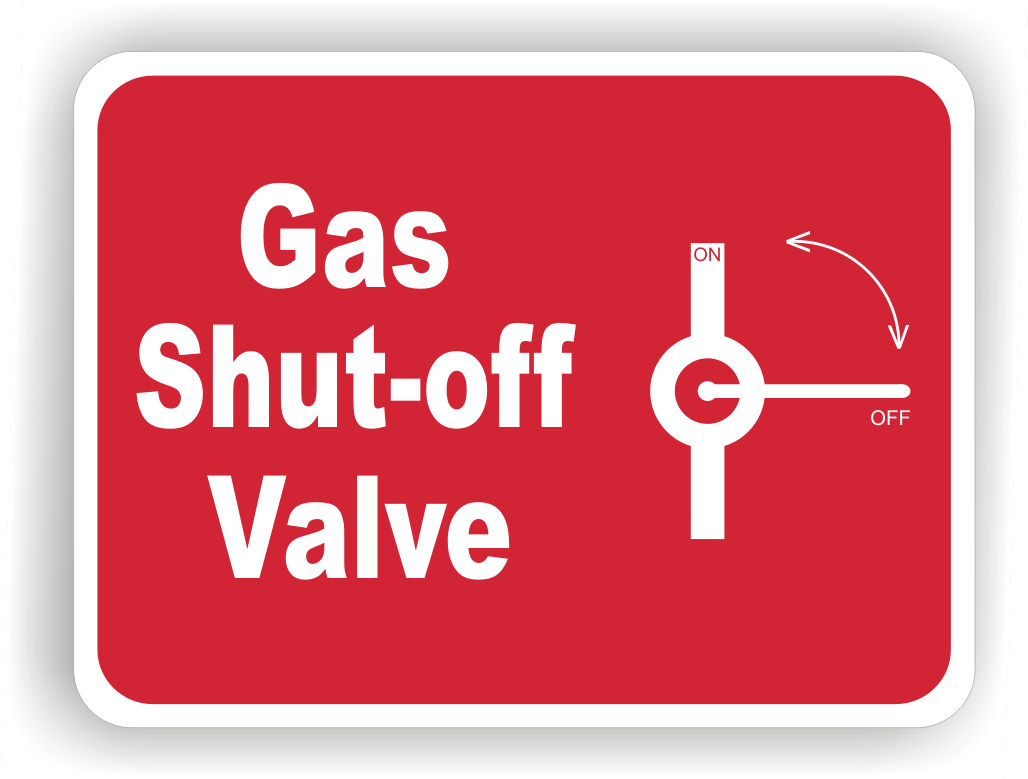




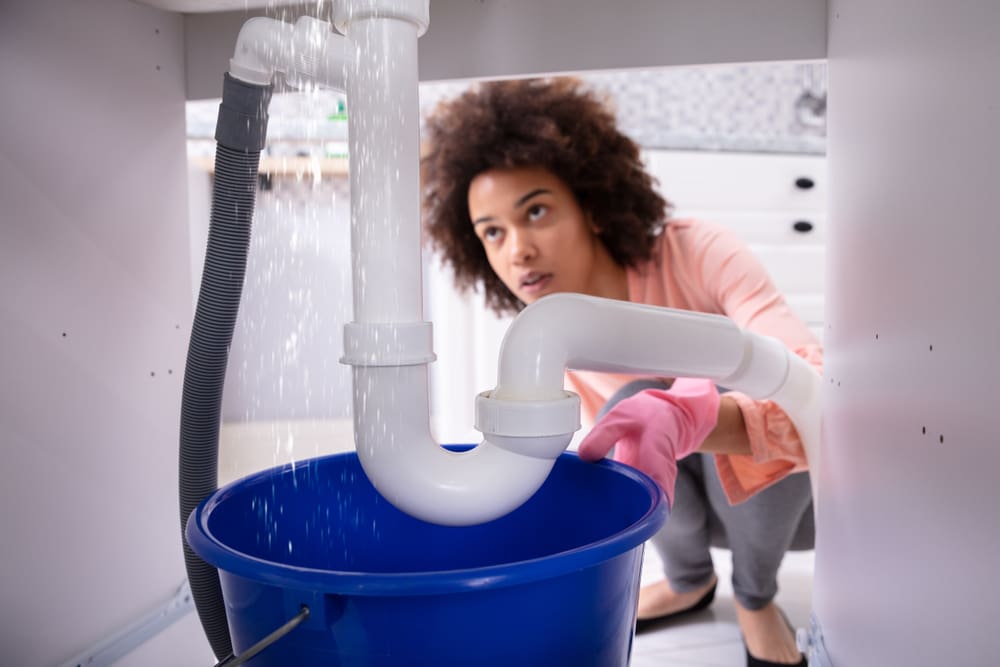
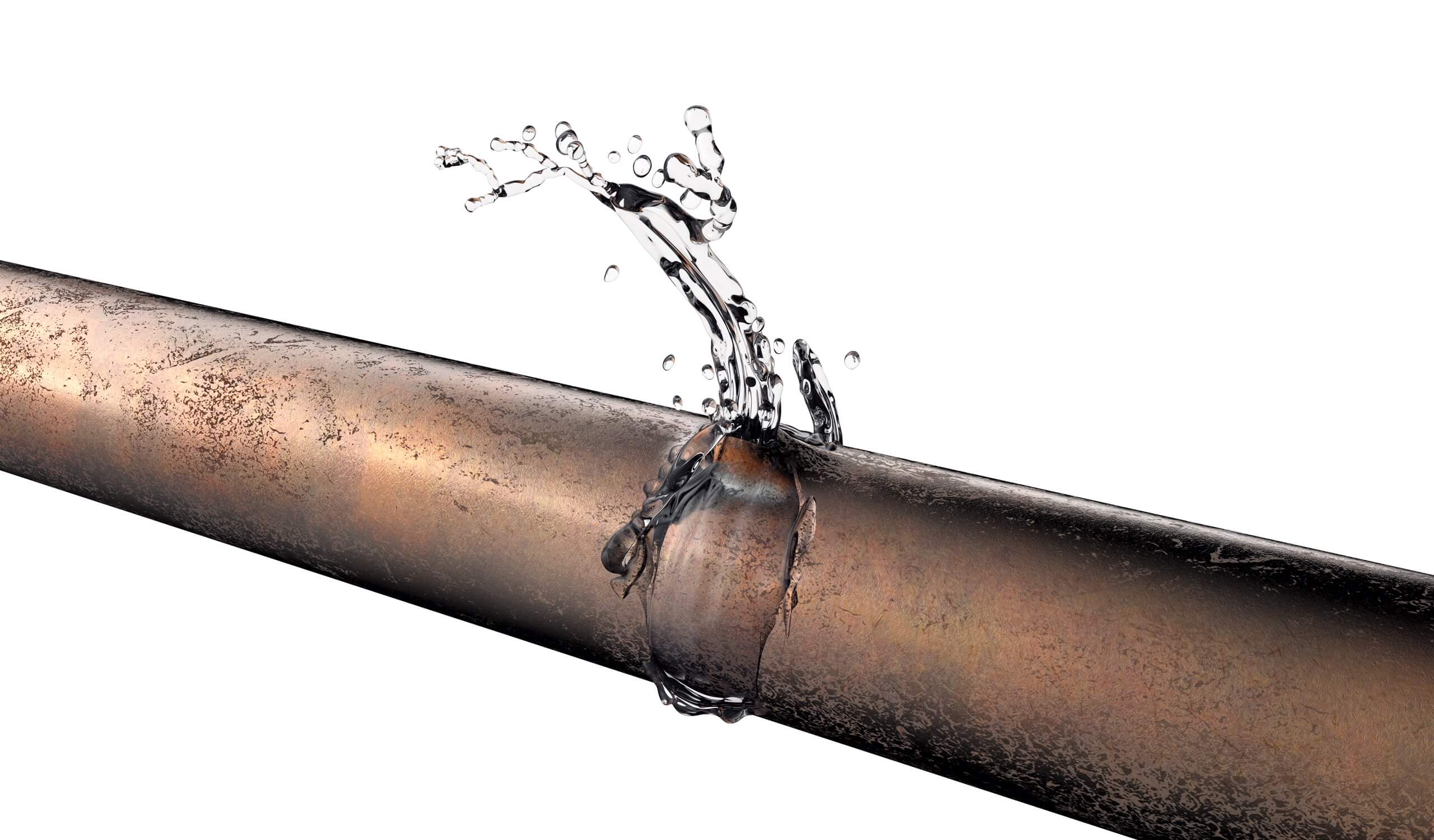
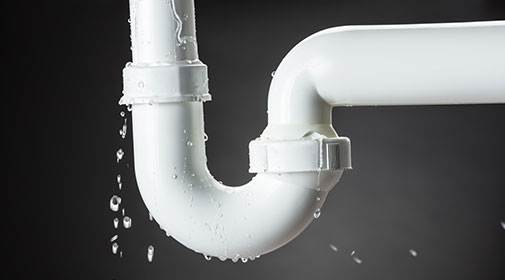
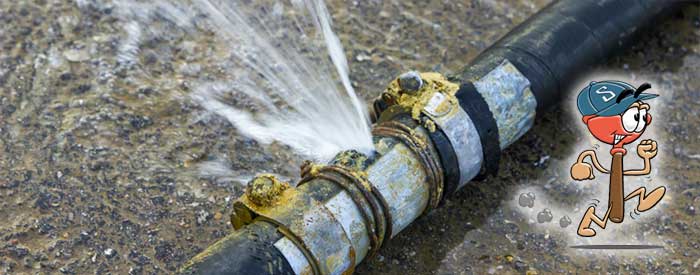
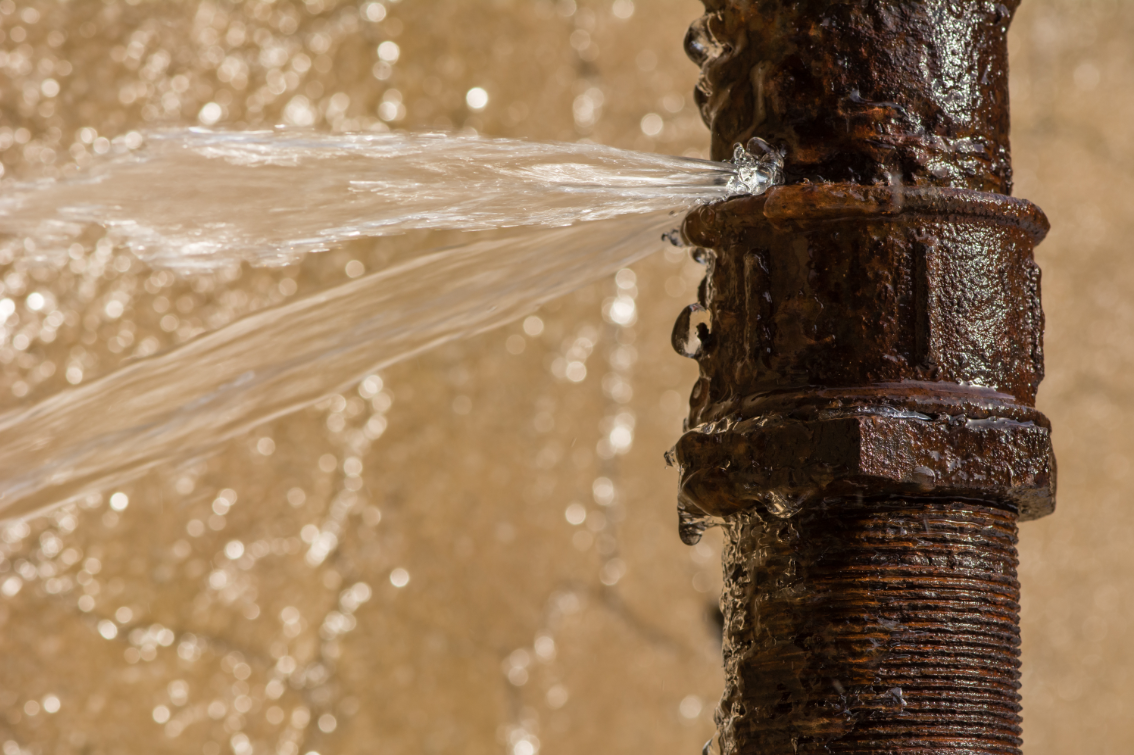



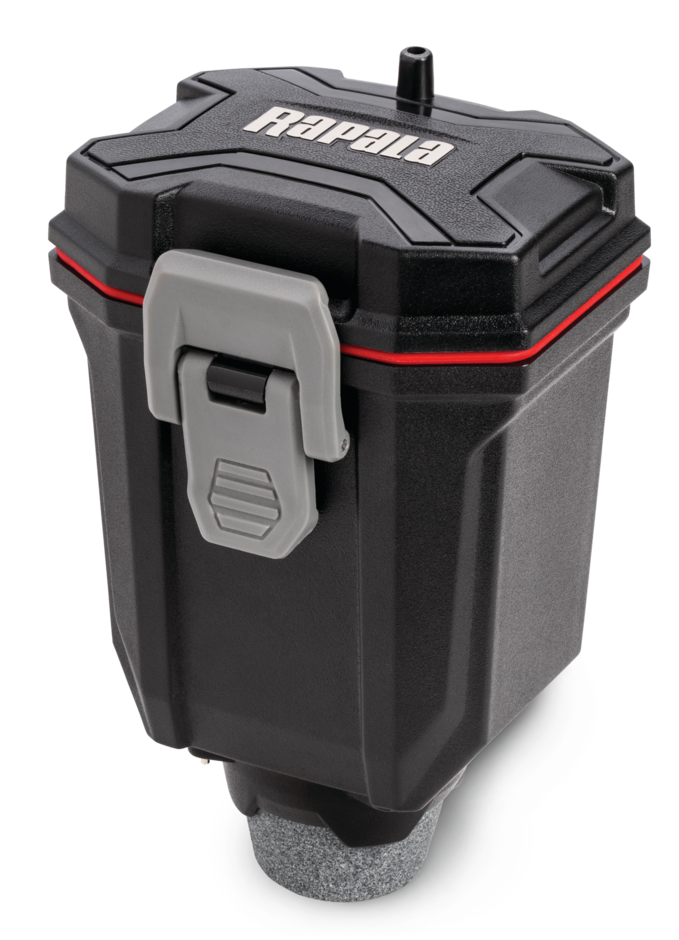


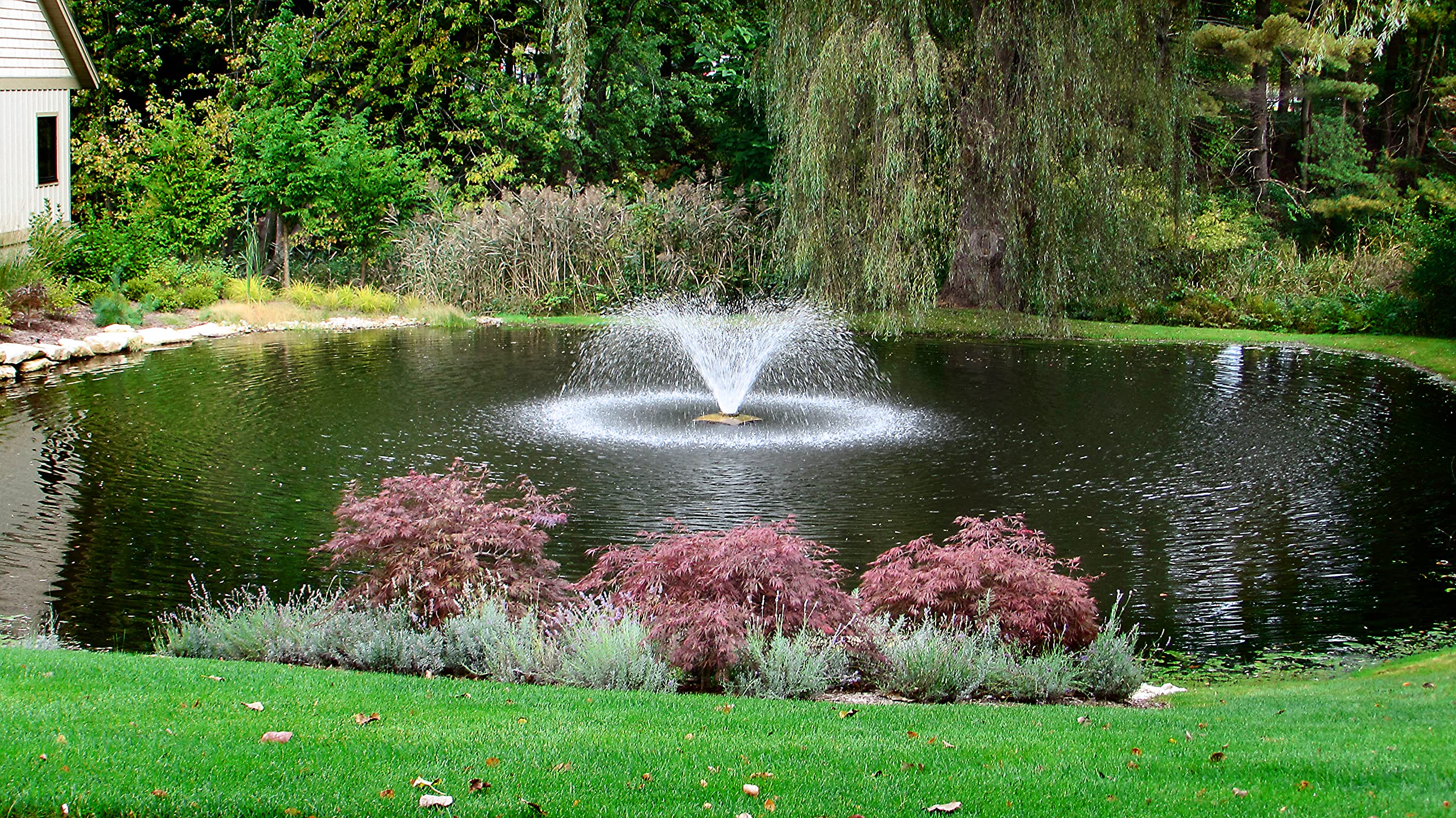




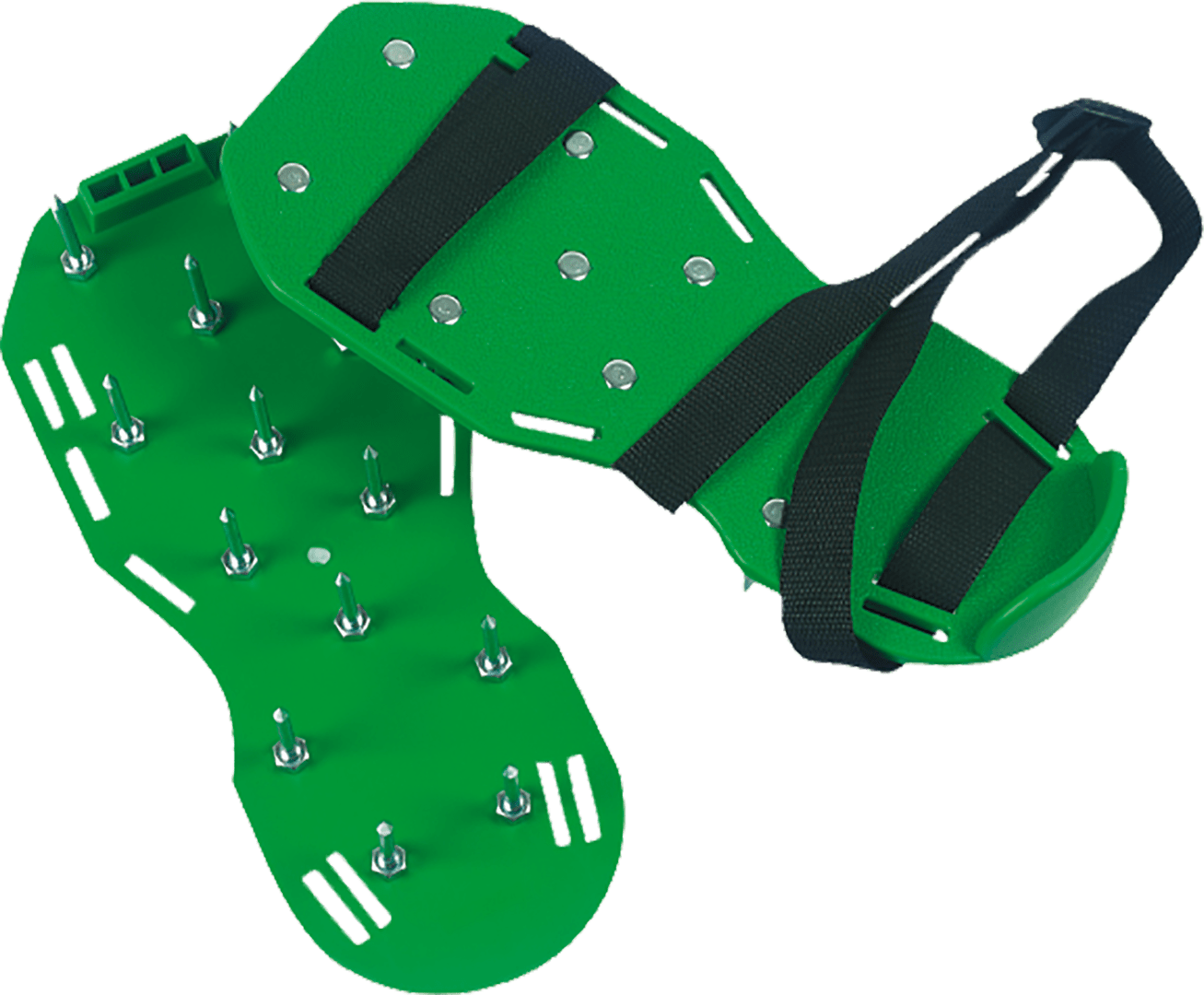

:max_bytes(150000):strip_icc()/clearing-a-blocked-faucet-aerator-2718807-hero-f15d067f475d4de0b51faf7a666cf06d.jpg)

/cleaning-the-aerator-from-deposits--the-girl-hand-washes-a-dirty-limestone-aerator-with-water-1126244919-72868100964f42d5aa564a928371fea5.jpg)



